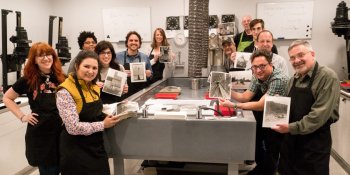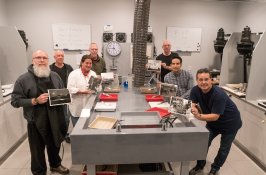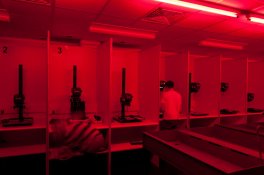Hi all. What do you think would be an ideal size for an enlarger table/desk in a communal dark room? I'll be building individual tables rather than a long bench style. Mixed enlargers, but nothing bigger than 6x6 (just for a rough idea of baseboard size).
There will be a lower shelf on each for paper storage, and I'm aiming to make a mini red(safe) lightbox built-in for looking at negatives.
Any other things you think I could incorporate into the design?
Best,
Pat
There will be a lower shelf on each for paper storage, and I'm aiming to make a mini red(safe) lightbox built-in for looking at negatives.
Any other things you think I could incorporate into the design?
Best,
Pat














